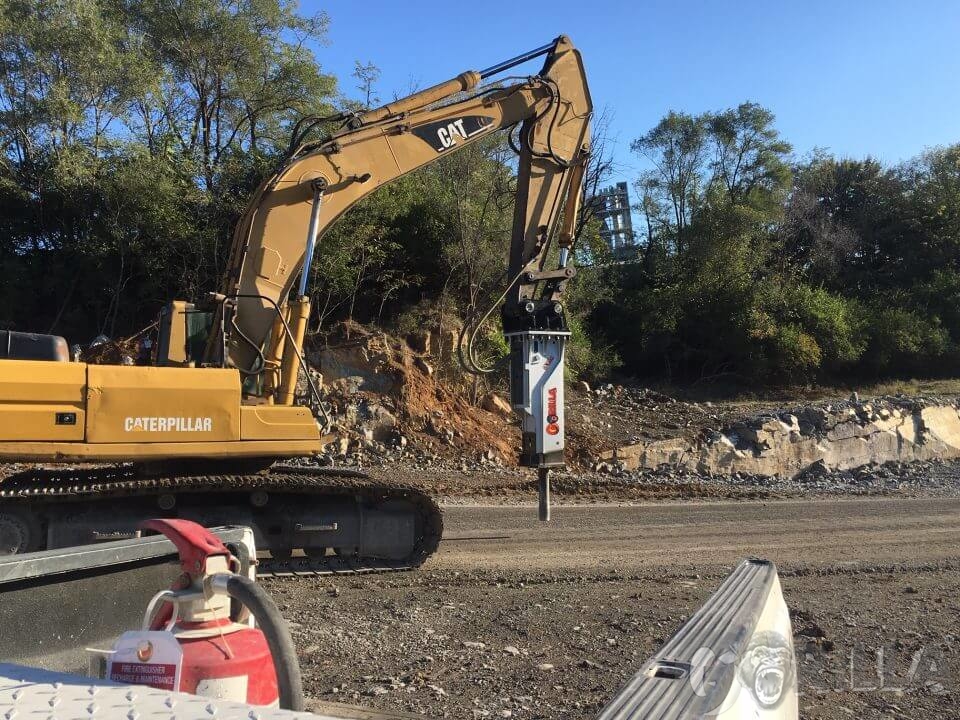
A Guide to Purchasing Hydraulic Breakers at Auctions
September 17, 2025
Why Fall Is the Best Time to Service Your Hydraulic Hammer
October 21, 2025Common Fall Construction Challenges
When fall rolls in, the pumpkin patches look inviting, but construction sites? Not so much. Cooler temperatures, shorter days, and unpredictable weather can throw a wrench into even the best-planned project. In the Pacific Northwest, rain is a regular guest that shows up uninvited. In other regions, frost or early snow may be more common. No matter where you’re working, the season presents challenges worth planning around.
Slippery Business: Leaves on the Ground
Fallen leaves may look picturesque in the park, but on a construction site, they’re more like banana peels waiting for someone to slip. Wet leaves can hide uneven surfaces, cables, or tools. In the Pacific Northwest, where rain is abundant, these hazards stick around longer. Elsewhere, drier regions may only see leaves pile up without the added layer of moisture, but the danger is still there.Frost and Ice Complications
As overnight temperatures drop, early morning frost can make equipment and walkways slick. In colder parts of the U.S., frost often lingers and quickly turns into ice. In the Northwest, frost may be patchy but still a concern. Crews need to be extra careful during morning start-ups, checking ladders, scaffolding, and other high-contact areas before getting to work.Shorter Days, Darker Skies
One of the toughest parts of fall construction is the reduced daylight. The sun starts setting in the late afternoon, which shortens the window for safe outdoor work. Overcast skies make it even harder to see clearly, especially in the Northwest. Portable lights become an absolute must, and supervisors may need to rethink schedules to keep projects moving safely.Safety Tips for Fall Construction
Staying safe during fall construction means thinking ahead about the hazards that come with the season. From slick leaves to fading daylight, small adjustments can make a big difference in keeping crews steady and projects moving. Here are a few practical tips to keep in mind:- Wear slip-resistant boots: Better traction reduces fall risks on wet or frosty surfaces.
- Clear leaves regularly: Don’t let them pile up on walkways or work zones.
- Inspect equipment in the morning: Check for frost, ice, or condensation before use.
- Add proper lighting: Portable lamps or floodlights help offset shorter days.
- Layer up: Dressing appropriately keeps workers warm without sacrificing mobility.




